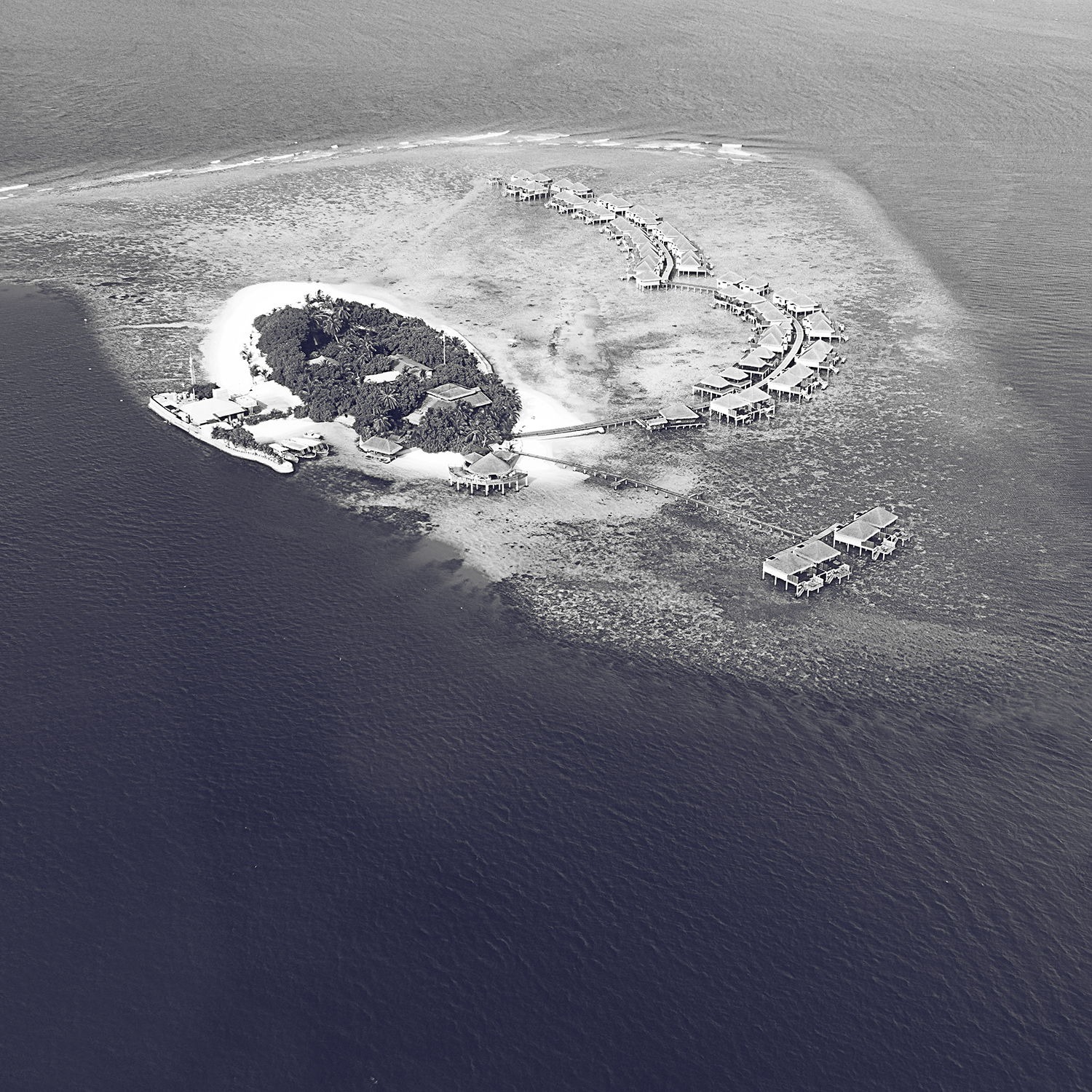Travel & Real Estate
The travel and tourism industry is multi sectoral with numerous organizations contributing to the production of various products where as growth in logistics real estate has not kept pace with growth in consumption and trade which made logistics real estate clusters in vital markets around the world are expected to expand to meet continually rising demand.
Beautiful Sri Lanka - Video courtesy Danny Schaefer on Vimeo
Travel & Real Estate Services
- In-Bound/ Out-Bound Tours
- Accomodation Supply
- Guided Tours
- International Tour Coordination
- Corporate Tours
- Visa & Ticketing Services
- Foreign Bureau Coordination
- Tourist Information Services
- Real estate brokerage & auctions
- Property Investment & Real Estate Buying
- Facility Customization
- Property/ Resort Management
- Acquisition/Disposition
- Consulting & Site Selection
- Brokerage
- Leasing
Inquire Services
Join OSM to stand shoulder-to-shoulder with the travel & real estate industry’s top talent and do the best work of our careers to ensure our customers, our company and our colleagues are prospering today and prepared for tomorrow.
Make an Inquiry

